The “33 x 20” series continues today on Quest Radio, with the second of two parts on the proposed Solargen project in San Benito County. The report will be repeated on The California Report weekly magazine on Friday.
Catch up by listening to the first part and reading the accompanying blog post from last week.
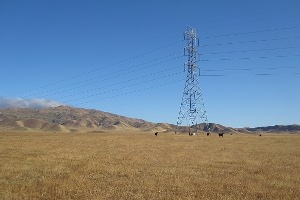
One thing becomes clear when you visit the Panoche Valley and the people that live and work there, everyone is charmed by it. The local ranchers, the environmental advocates, even the biologists hired by the Silicon Valley company that is looking at developing part of the valley for a commercial solar farm.
Thousands of acres of vast cattle land ringed by golden, scrub covered hills make up the Panoche Valley. The area has a vast, open beauty that seems very Californian. But in the springtime locals say it looks like Ireland. The land has also caught the eye of the CEO of Solargen Energy.
The company would like to build a 420 megawatt solar farm that would power about 120 thousand homes. To do so, Solargen would cover much of 4,700 acres of the valley with photo voltaic solar panels. Locals like chicken rancher Kim Williams worry it would change the character of the valley and harm wildlife. A group of local environmental advocates and ranchers have formed a group called Save Panoche Valley.
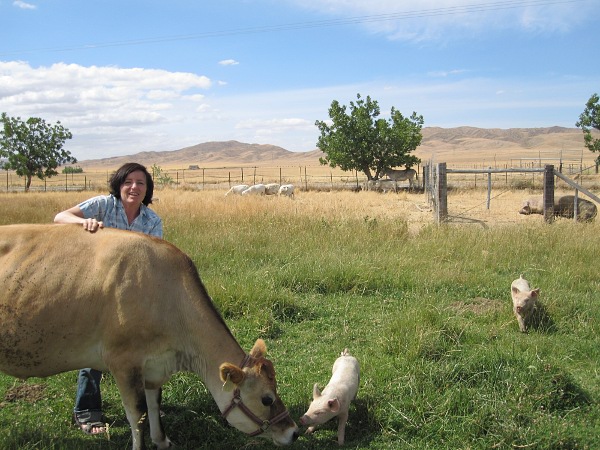
Solargen, as required by law, has hired a team of wildlife biologists to do environmental surveys of the area which, it turns out, is home to several endangered species. Michelle Korpos, the leader of the team, has also developed a fondness for Panoche Valley where she has been working for the past year. Everyday she and group of biologists march out to the project site, and surrounding hills, searching out fox dens, canvassing creek beds and geo-tagging lizard scat.
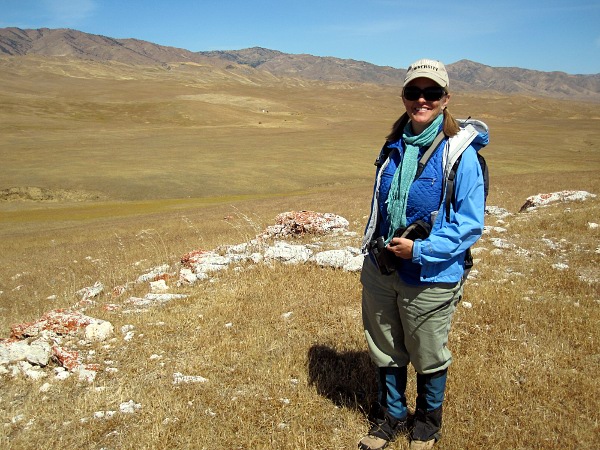
Charlie McCullough has owned his cattle ranch, one of the biggest in the area, since the early fifties and was born in San Benito County. He is one of five ranchers who has agreed to sell some of his land to Solargen. But McCullough is feeling remorseful that his decision could lead to such a change in the valley he loves.
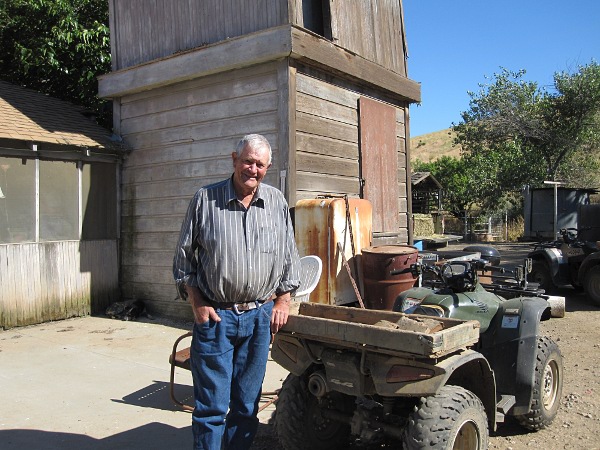
The only commercial business in town is the Panoche Valley Inn which is not really an inn at all but a bar that serves as a stop for tired ranchers at the end of the day and birders and bikers on sunny weekends. The owner hopes the project’s contstruction jobs mean more business over the six year build out. But even the number of jobs Solargen promises to create has become contentious.
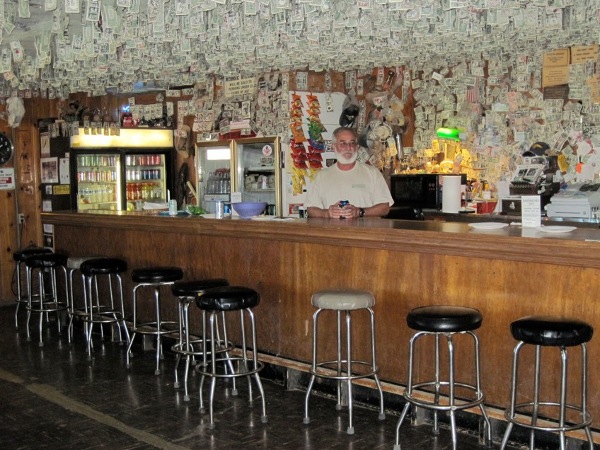
One thing is for sure, the valley gets lots of sun, 90-percent of the solar intensity of the Mojave desert. But the Mojave, with its protected federal lands and desert tortoises, has turned out to be a nightmare for big solar entrepreneurs. Listen to our stories on the Panoche Valley which now finds itself in the middle of the debate over big solar. It’s all part of our series, “33 by 20,” a look at the obstacles in the way of California’s plan for utilities to generate one third of their electricity from clean energy by 2020. Here’s a map of solar intensity throughout the U.S.
2 thoughts on “Passionate About Panoche”
Comments are closed.

This sounds an awful lot like something from The Age of Stupid – namely
http://www.ageofstupid.net/people/piers_guy
Panoche Valley is more dusty than the business suit planners realize. The solar pannels will require very frequent cleaning with water to remove dust that otherwise will easily fuse into the cells and lilely will greatly reduce the efficiency of the cells. Just a small reduction in the efficiency aspect of these cells will quickly tip the balance of the economic feasibility of the entire photo-cell project. We already lost the San Luis Valley to the San Luis Reservoir. We really need the water that valley provides (and off-peak time power). But it came at a great price. If we build the Panoche Solar project, we will lose this valley as well. So if we do, let’s get it right – disign it right, and not rush to the project too quickly.